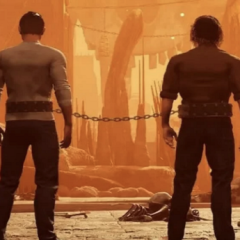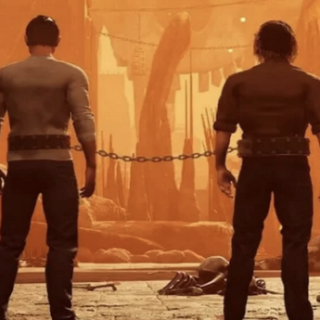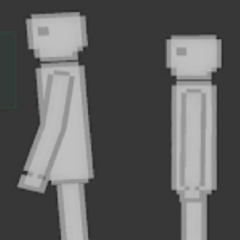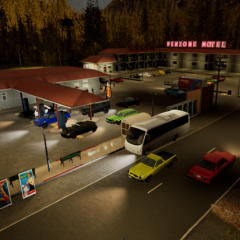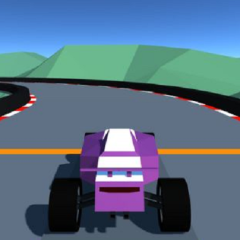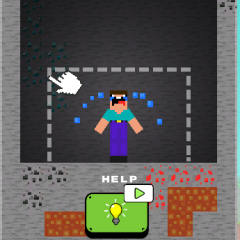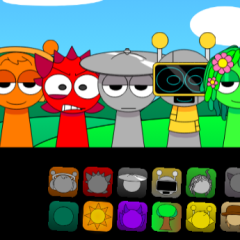Chained Together presents a vertical platforming experience where players are linked by a single chain, turning every step into a shared action. Rather than moving freely, each participant must consider the group’s momentum. The game forces players to adapt to one another, adjusting to different jumping styles, pacing, and decisions under pressure. The main objective is to ascend from the lowest depths by navigating narrow ledges, swinging gaps, and unstable ground—all while being physically tethered to other players.
Learning to Move as One
As soon as the game begins, communication becomes the most valuable tool. The chain between players restricts movement, so jumping too early or too late can cause the entire team to fall. While climbing, players must balance their own actions with the needs of their teammates, creating a rhythm that only develops through trial and error. Even small movements like shifting slightly forward or holding your position can make a major difference in how smoothly the team progresses.
Main Components That Shape Progress
What defines Chained Together includes:
· Real-time cooperative gameplay
· Chain-based physics linking all players
· Challenging platform design with vertical progression
· Multiple difficulty settings, including lava pursuit mode
· Minimal interface to focus on teamwork and timing
Together, these mechanics build a focused experience where collaboration is required at every moment.
Mistakes and Recovery
The game allows very few opportunities for recovery once things go wrong. If one person slips, it often pulls others down too. Checkpoints provide some relief on lower difficulties, but higher ones offer no safety net. Every ledge becomes a decision point, and each jump a test of trust. It’s common for teams to repeat sections many times before progressing, and that repetition strengthens their sense of shared success. There’s a real cost to failure, but also a strong reward when the group finally overcomes the obstacles together.
Chained Together changes how players think about platforming. It removes independence and replaces it with connection. No one can climb alone, and the chain is more than a visual element—it’s the central mechanic that turns every level into a cooperative puzzle. Whether played with friends or strangers, it offers an experience that’s as much about communication as it is about movement. In a genre focused on solo skill, this game offers something entirely different: collective challenge through linked control.

